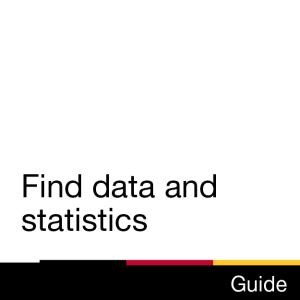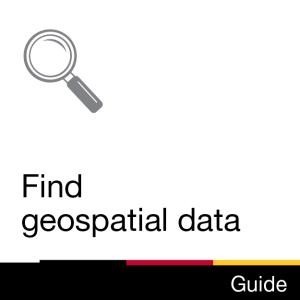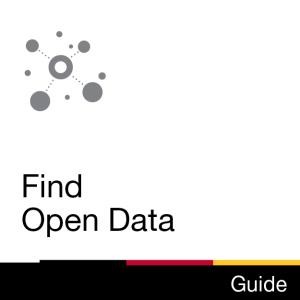Time commitment
Less than 2 minutes
Description
This video will introduce you to the basics of qualitative and quantitative data, categorical and continuous data, and primary and secondary data, including what it is, why it's used and how it's collected.
Video
Transcript
This short Library video will introduce you to data basics. You’ll learn what data is, why we use it and how it is collected.
Data is everywhere. It is a collection of facts. There’s Qualitative Data – non numerical data. The Latté has a robust aroma, frothy appearance and strong taste. It’s in a blue cup. Qualitative data can be used to classify or categorize something. For example. If we have a box of shirts we might collect shirt size data with categories such as small, medium and large. Another example of categorical data could include hair colour.
There’s also Quantitative Data – referring to a number. The Latté contains 12 ounces of drink. It’s served at 150 degrees Fahrenheit and costs $4.95.
There are two different types of Quantitative data. There’s Discrete data which is a count and involves whole numbers. For instance the number of children (or adults, or pets) in your family is discrete because you can’t have 2.5 kids or 1.2 pets at home.
There’s also Continuous Data. This is numerical data that can take on any value in a certain range such as height or temperature.
So, why do we use data? We use data for different reasons. Data can be used to answer a question or tell a story. Having a question to answer can provide focus and make it easier to find patterns within the data. For example, students that spend a lot of time on social media have poorer grades. Y
ou can also use data to tell a story. For example, when telling the story of climate change using data, we might use global temperature patterns, cycles and greenhouse gases.
Finally, how do we collect data. We collect data from Primary and Secondary Sources. Primary Sources is data collected by researchers such as interviews, observation, case studies and questionnaires. Secondary Sources is data that already exists such as official statistics, web information, government reports and previous research.
Need help? Email, chat or drop by!
License

This work is licensed under a Creative Commons Attribution-NonCommercial-ShareAlike 4.0 International License.
Recommended
- Ask Chat is a collaborative service
- Ask Us Online Chat hours
- Contact Us


